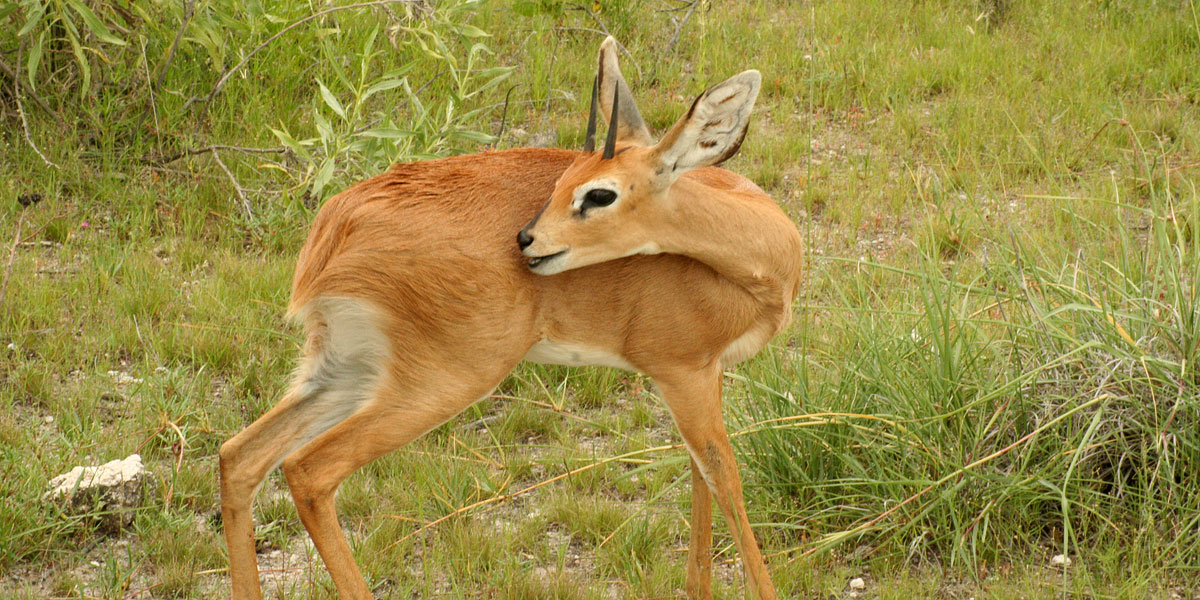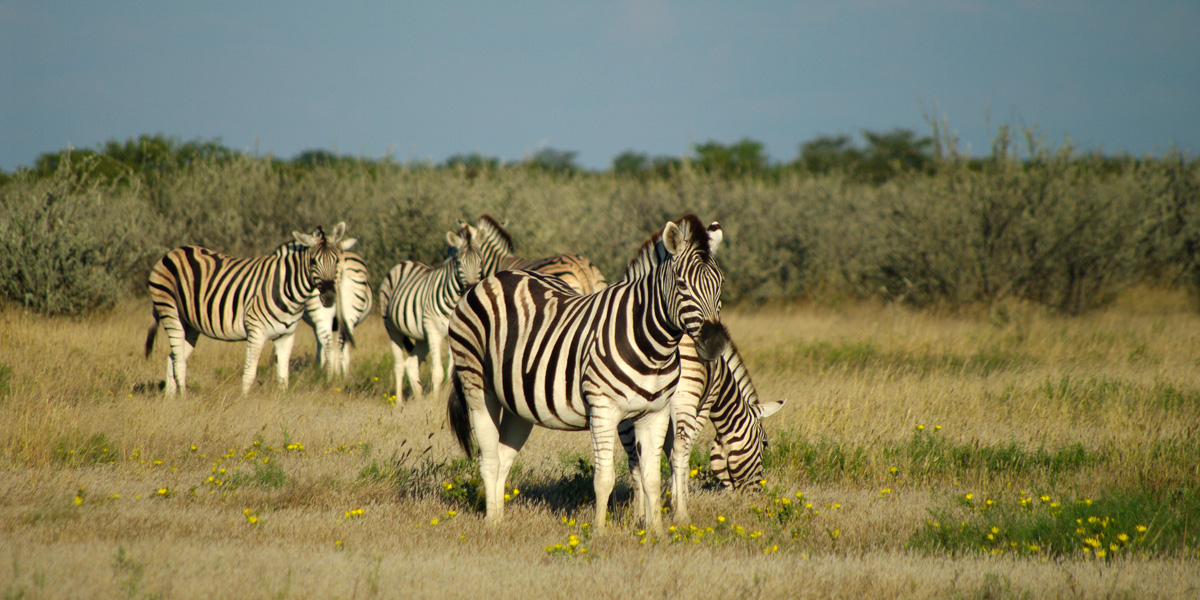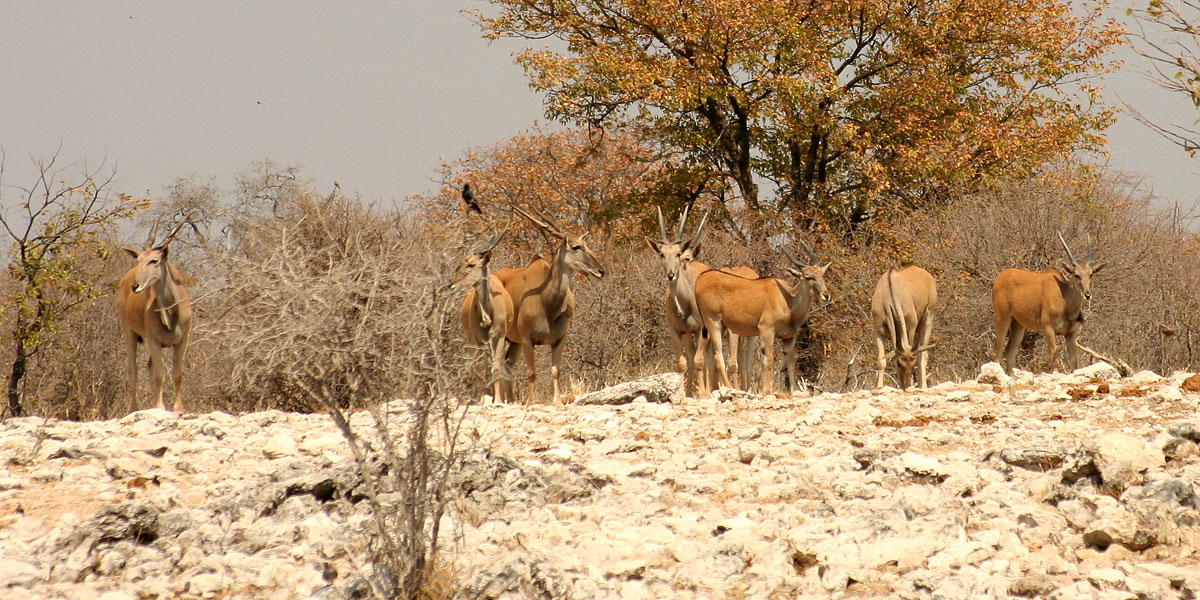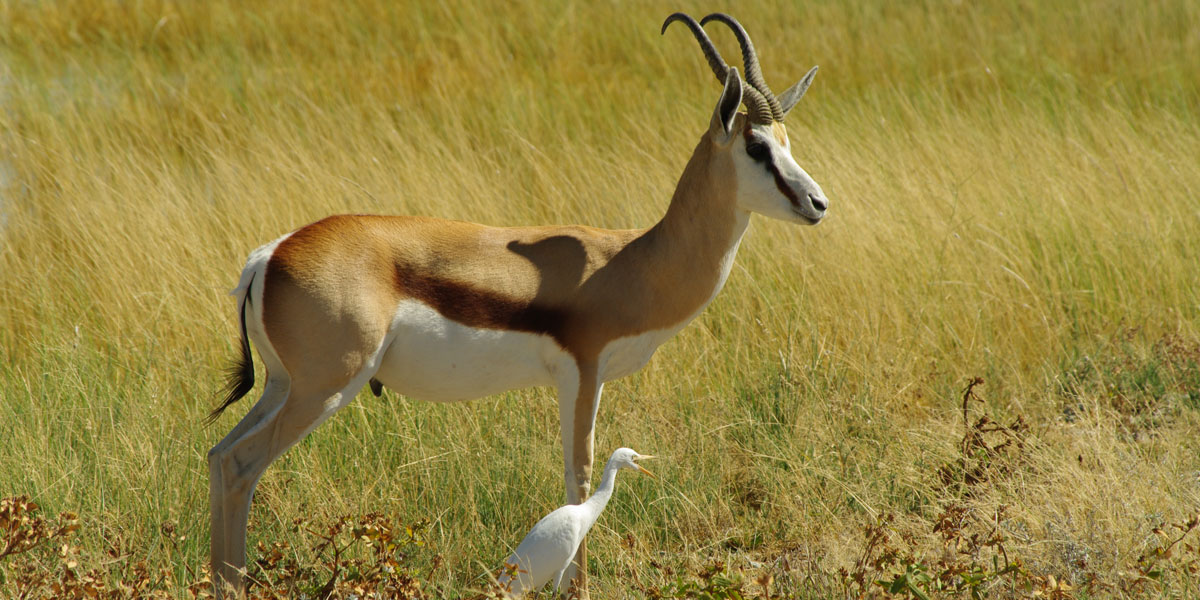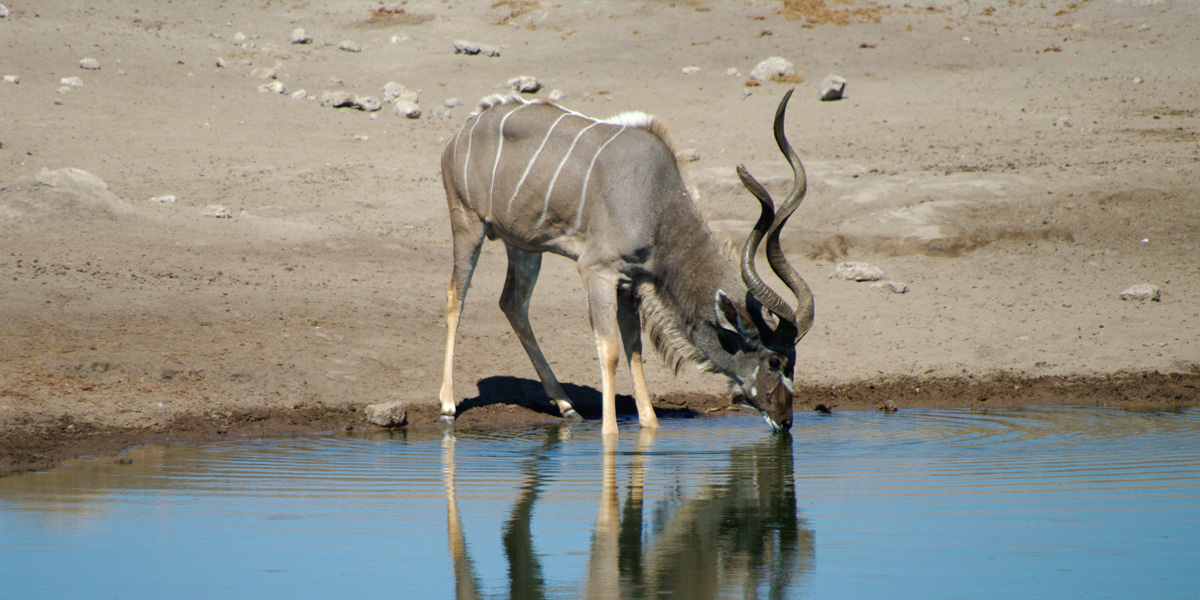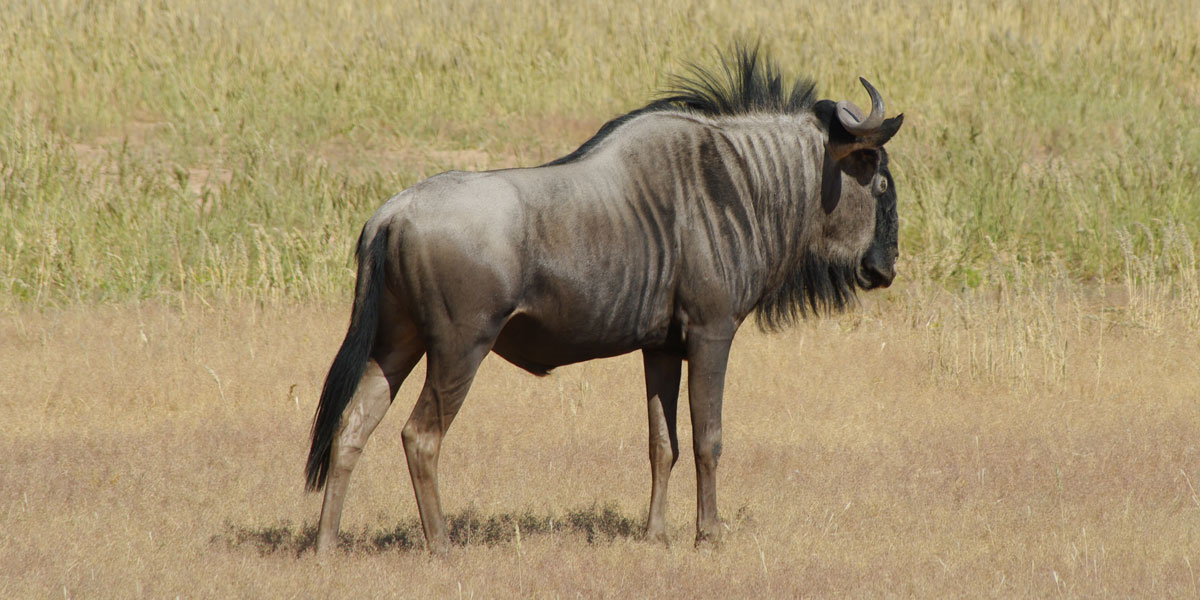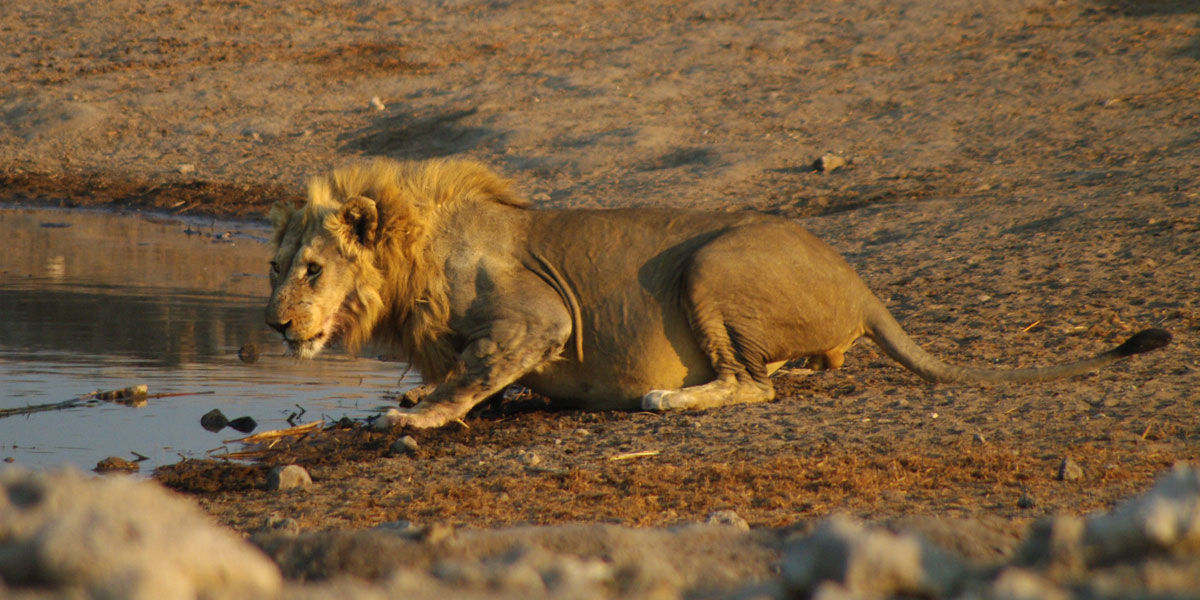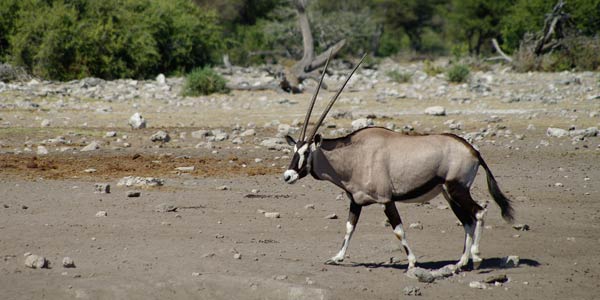
|Khoob (Oryx)
Oryx are found throughout Etosha, but are perhaps more common in the drier west. They do not migrate like zebra, springbok and wildebeest do; they are often found in the area around and to the south of !Gobaub, and also at ||Nububes and Tsînab.



